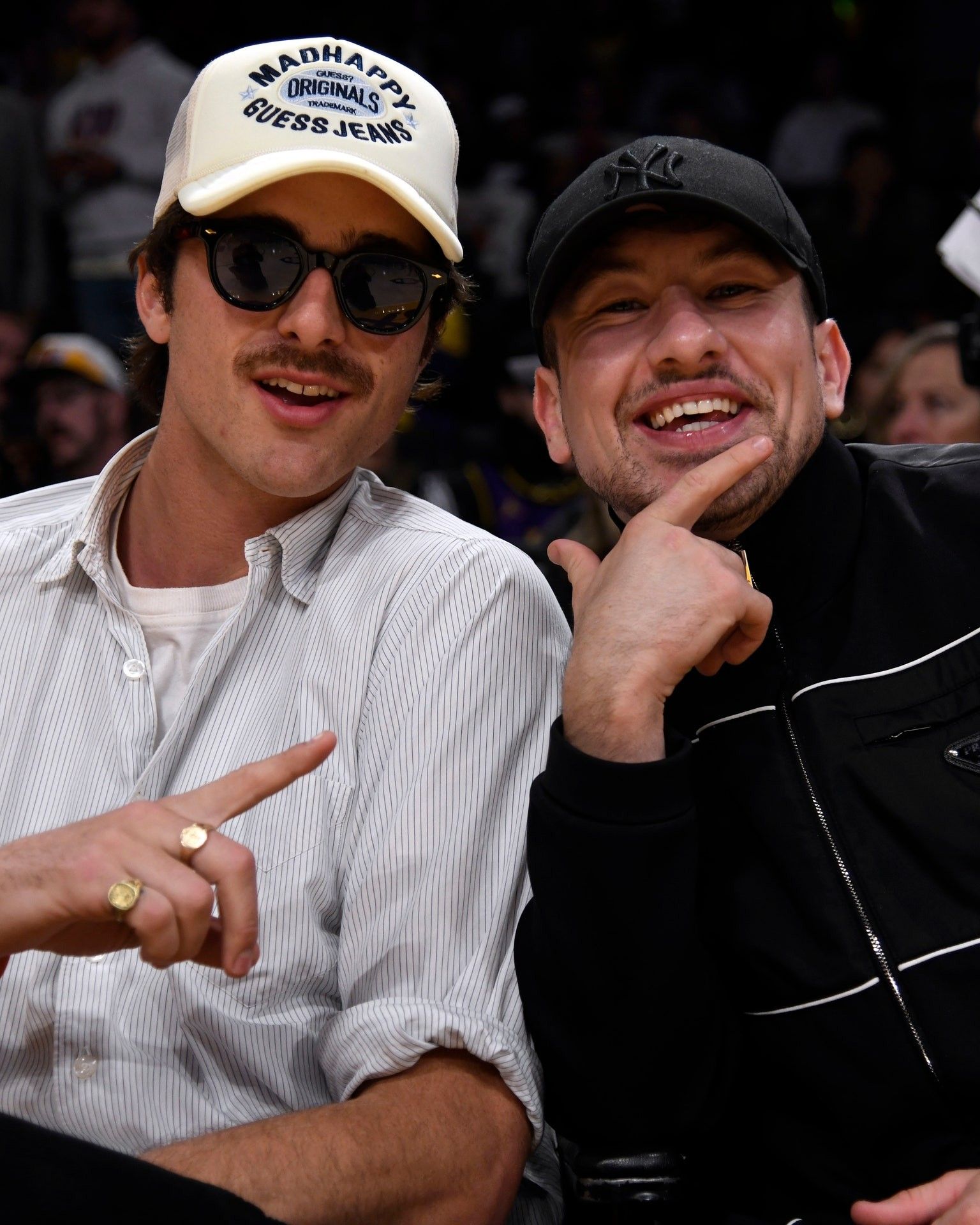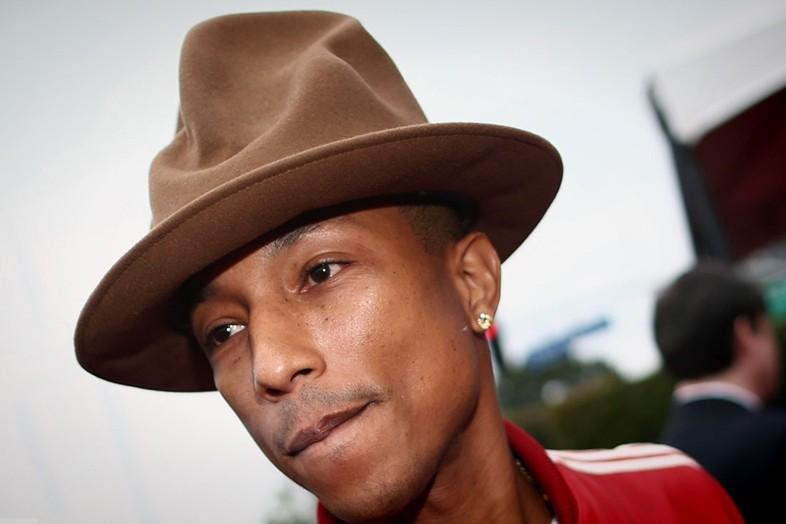
Why does everyone wear a “dad hat”? More than the accessory of this summer, the accessory of all summers
A "dad hat" is a casually toned baseball cap, often unstructured, almost always made of cotton or canvas. It features a slightly curved visor and an adjustable closure on the back, and above all, a comfortable fit – and should not be confused with brand-new visored hats, which are too little relaxed to be “dad hats” nor with trucker hats, which are a bit trashier and ironic, assuming a Y2K style for the entire look. The dad hat is actually more versatile, with a subtler and more discreet presence, somewhat a symbol of 1950s American leisure, of which the entire West is currently nostalgic. Today, more than on the heads of American dads behind white suburban fences, we frequently see it worn by celebrities like Rihanna, Gigi Hadid, Kendall Jenner, Hailey Bieber, and Cara Delevingne, who have accentuated its fashionable vibe, but in truth, the hat, as a symbol of USA culture, is worn by everyone: from Trump rally crowds to Charli XCX concertgoers. More noteworthy is the hat's omnipresence on this side of the Atlantic, where its presence is not native but a sort of graft, and where the dad hat has become predominant in outfits that draw heavily from both the Midwest aesthetic made of flannel shirts and country details, and from raver style. But where does the “dad hat” come from?
History of the “dad hat”
As mentioned, the "dad hat" is essentially a type of baseball cap worn for years, to the point of being faded and worn out but therefore more comfortable and pleasantly lived-in. The first baseball caps of this type appeared as early as the 1840s, when the Brooklyn Excelsiors adopted rounded caps with a long flat straw visor to protect themselves from the sun. They quickly became part of official uniforms, and with the shift to materials like wool and cotton at the end of the 19th century, the caps became more durable and widespread. The Cincinnati Reds officially adopted the baseball cap as part of their uniform in 1905, a trend soon followed by other teams. In the 1920s, the New Era Cap Company began producing baseball caps with innovations like adjustable straps and logos, making them more comfortable and allowing fans to show their team loyalty, literally discovering a goldmine. And from the 1970s onward, caps also became part of the merchandise of schools, museums, local shops and businesses, companies – in short, their nature as perfect marketing vehicles was revealed. In the 1980s, they had already surpassed their athletic origins to enter the realm of clothing, worn especially in leisure time by both young people and provincial dads during outdoor activities. But the "dad hat" as we mean it, with its unstructured fit and curved visor, gained popularity in the 1990s in hip-hop fashion.
@dolph1of1 Let me know which celebs I missed! #fyp #foryou #fitted #fitteds #fittedhat #fittedhats #hat #hats #streetwear #cali #nj #celebrity Sunny Day - Ted Fresco
The adoption of the "dad hat" by high fashion further consolidated its place in contemporary style. The cotton cap with a visor is, after all, one of the most commercial vehicles for a logo, and in some cases, in its complete banality, it can become one of a brand's best-selling products. Brands like Miu Miu, Celine, and Balenciaga, while specializing in much more complex designs, have incorporated the "dad hat" into their collections both by evoking nostalgic vibes and by making them a natural extension of their style: accessible items that signal belonging – practically the quintessence of modern luxury minus the costs. This integration of the “dad hat” into luxury fashion has made them desirable items, with prices often soaring above 300 euros. A demonstration of its versatility was the case of Loro Piana, whose logo-less visor cap, appeared in the first season of Succession, making the “dad hat” a classic not only of streetwear but also of quiet luxury – a type of fusion that, in the world outside the screen, we must also attribute to figures like Tyler, The Creator who have combined it with much more traditional looks, as well as Alessandro Michele, who always includes one in his personal looks that have partly anticipated the current trend of vintage romanticism.
Has anyone documented how “cool” hat/cap design aesthetic evolved from flat-brimmed (New Era 5950) to dad hat?
— Michael J. Miraflor (@michaelmiraflor) November 23, 2020
Feel like dad hat adoption by influencers and celebrities of note was a precursor to current athleisure dominance.
The attention we pay to the “dad hat”, in addition to reflecting the extent to which marketing (luxury and otherwise) has infiltrated our culture, also says something else about our society and especially about the cult of celebrities. Beyond its popularity in American culture and therefore its popularity among celebrities, the “dad hat” has also taken on a function of shield and protection for incognito stars, becoming a sort of anti-signifier of discretion: by hiding a face, it suggests potential importance. Simply put, so many celebrities wear it that even in Marvel movies, characters who don't want to be recognized disguise themselves with a baseball cap and sunglasses – a convention that has not failed to become the subject of countless online memes. Finally, its nature as a down-to-earth, very unpretentious decorative object has cemented its popularity at every social level, in every latitude of the world. A primacy that fashion has already tried to undermine in recent seasons by populating runways with any hat but that one. Whether it will actually succeed, we will see next year. In the meantime, this year, it is the year of the “dad hat”.















































